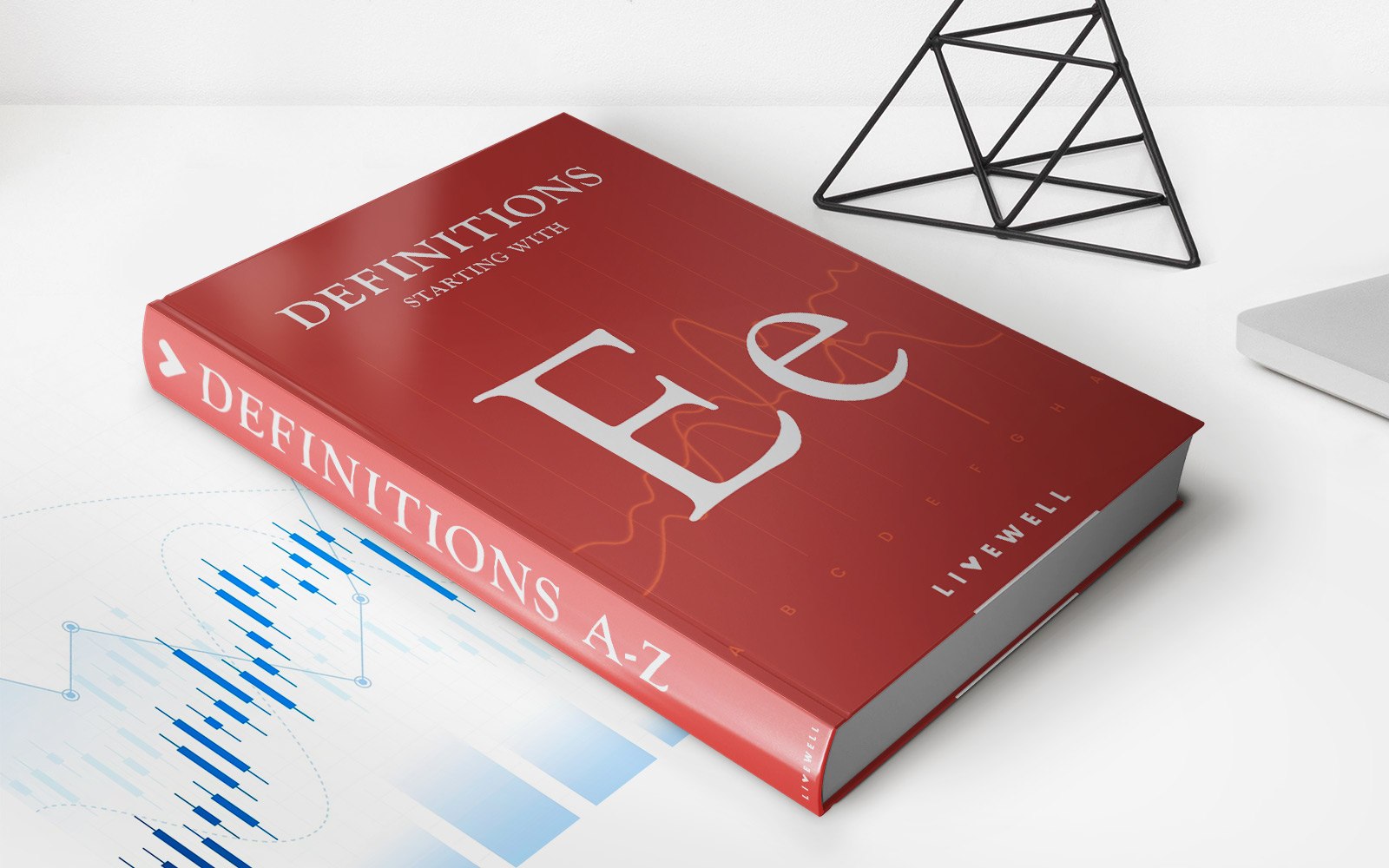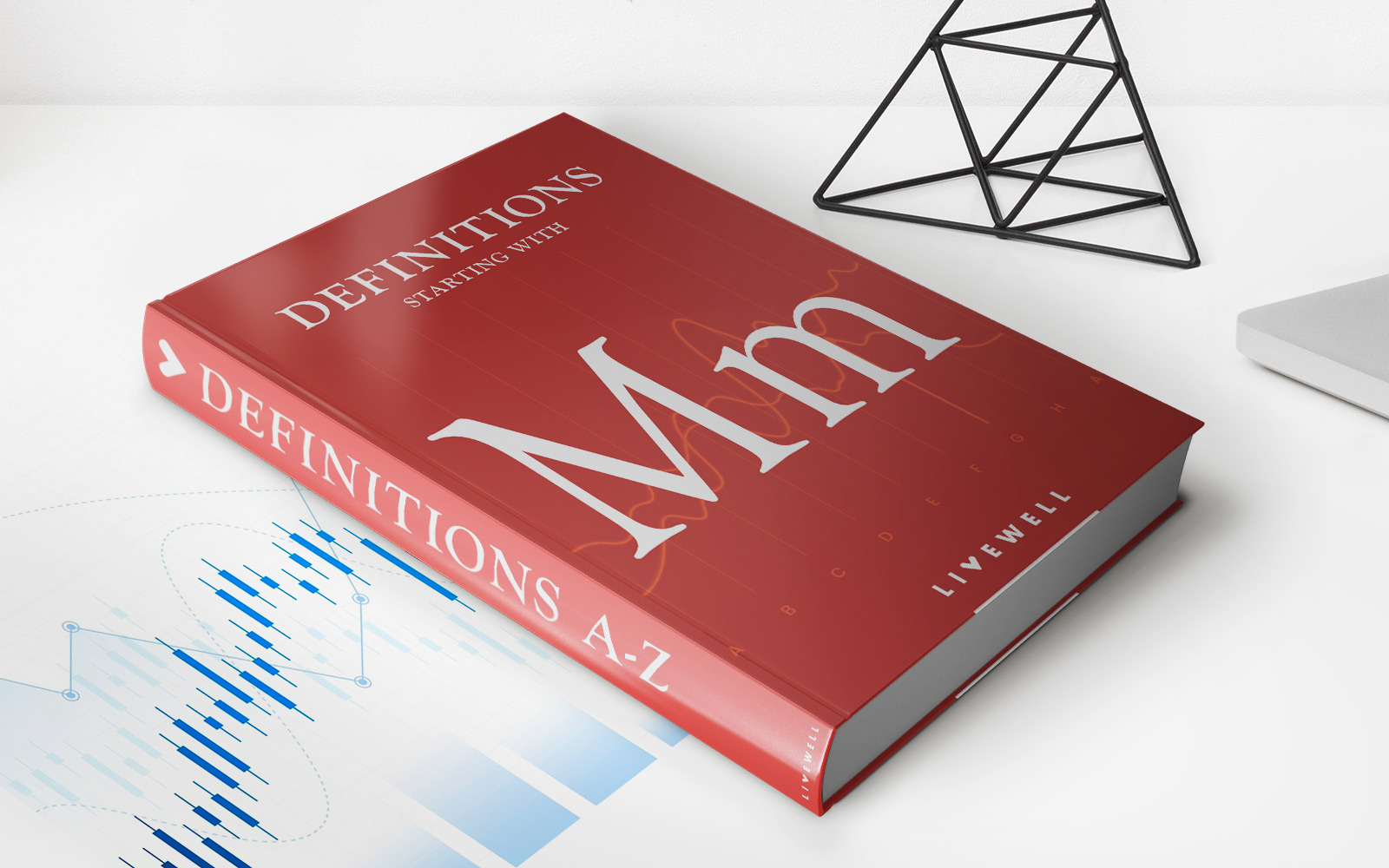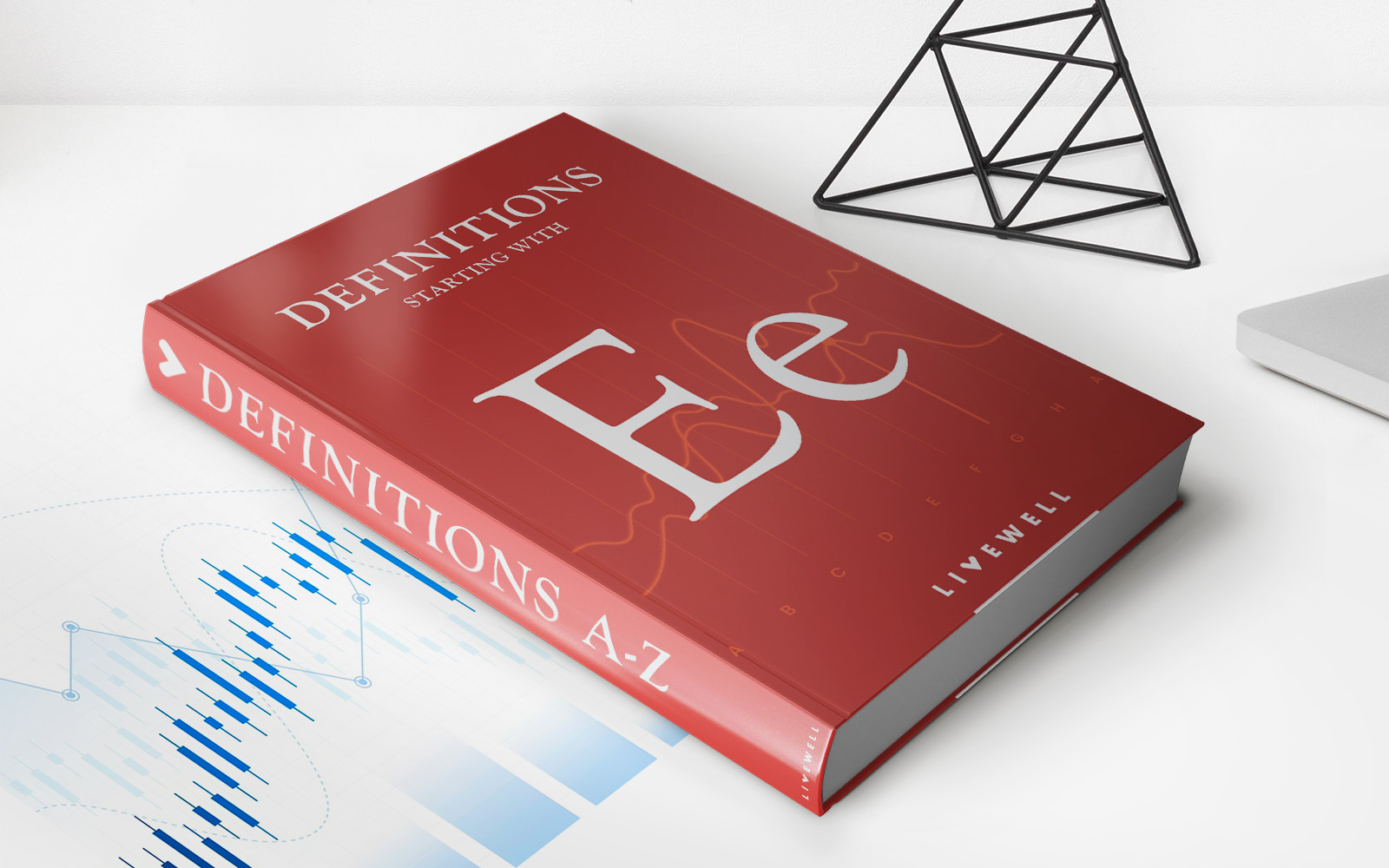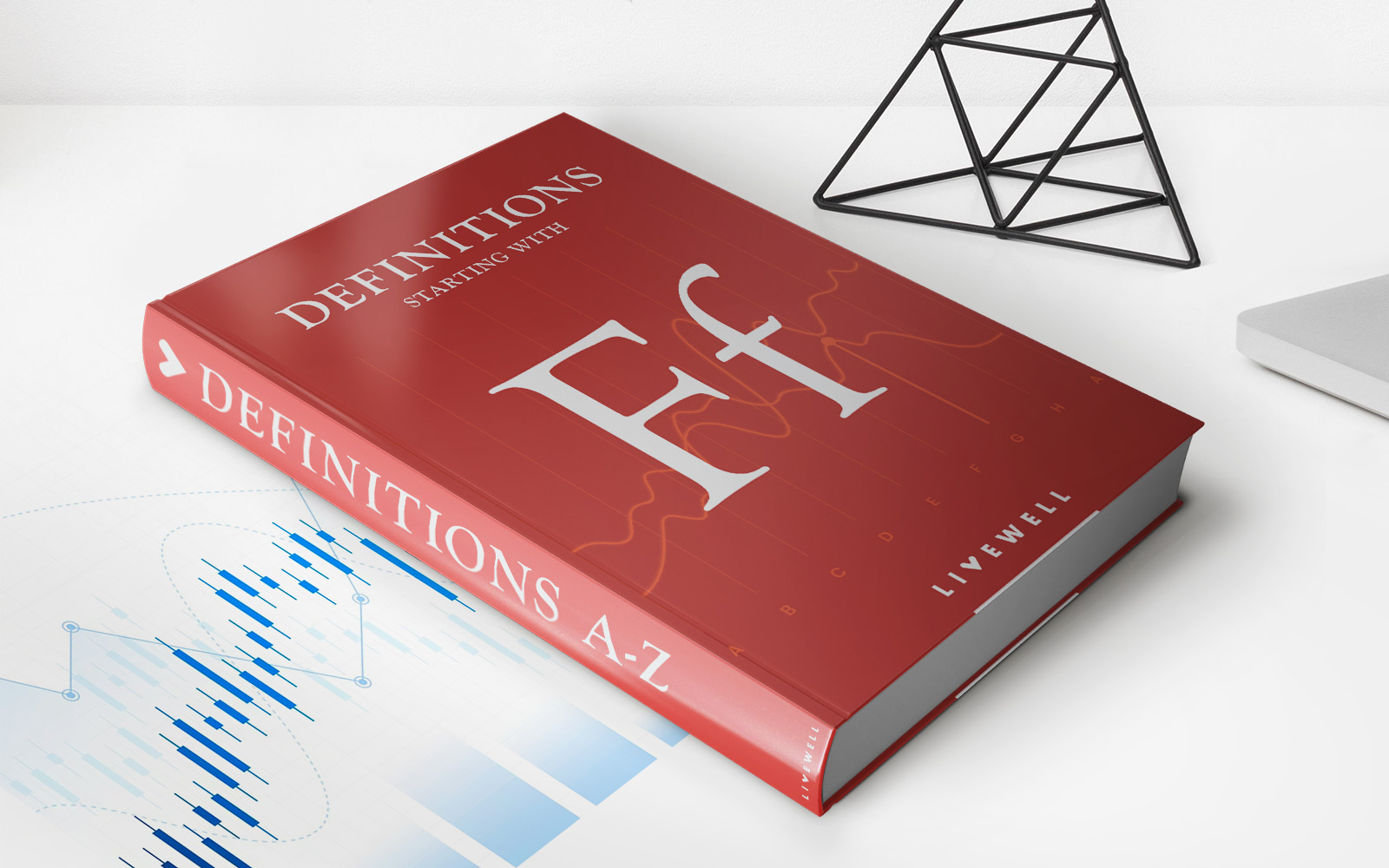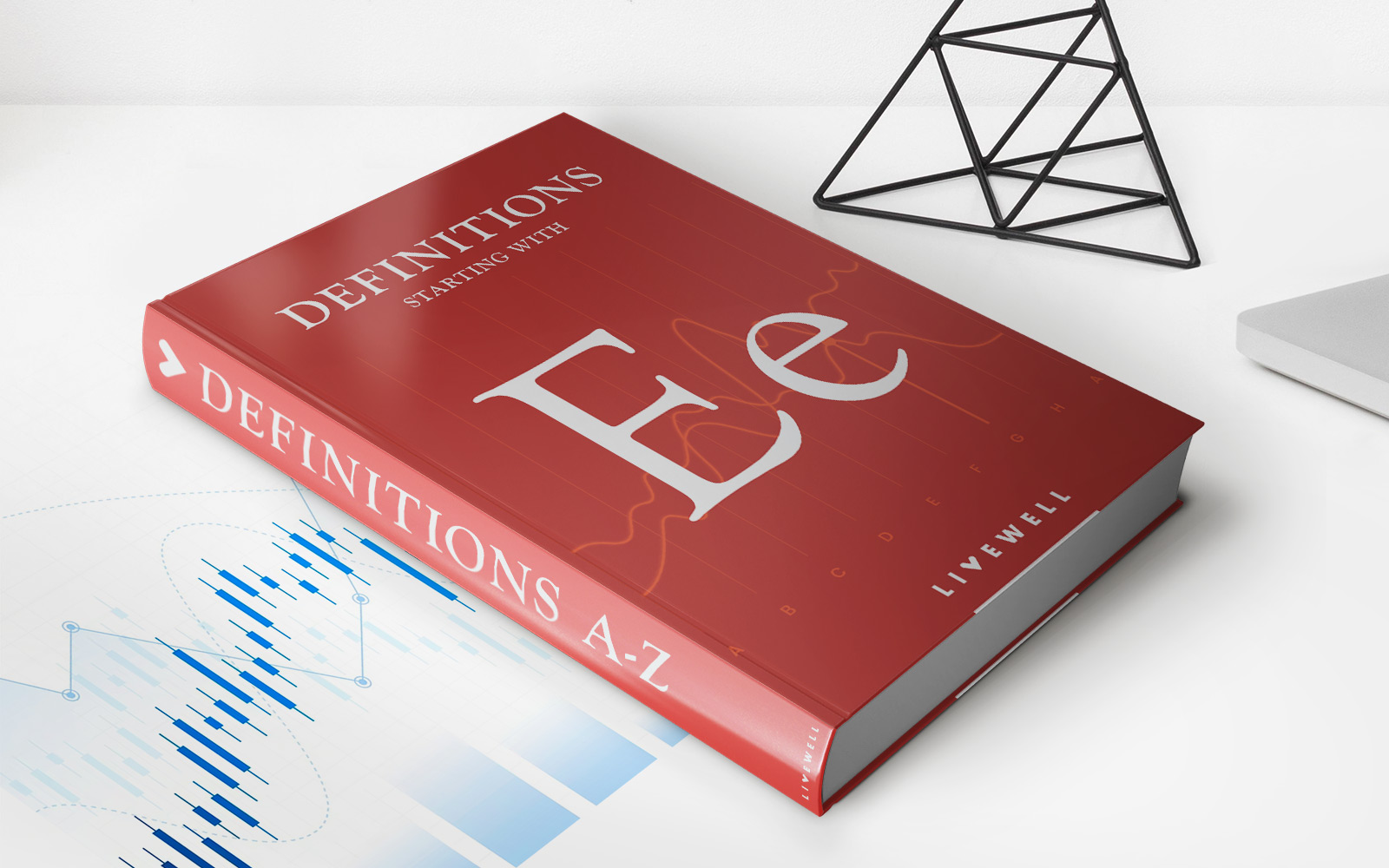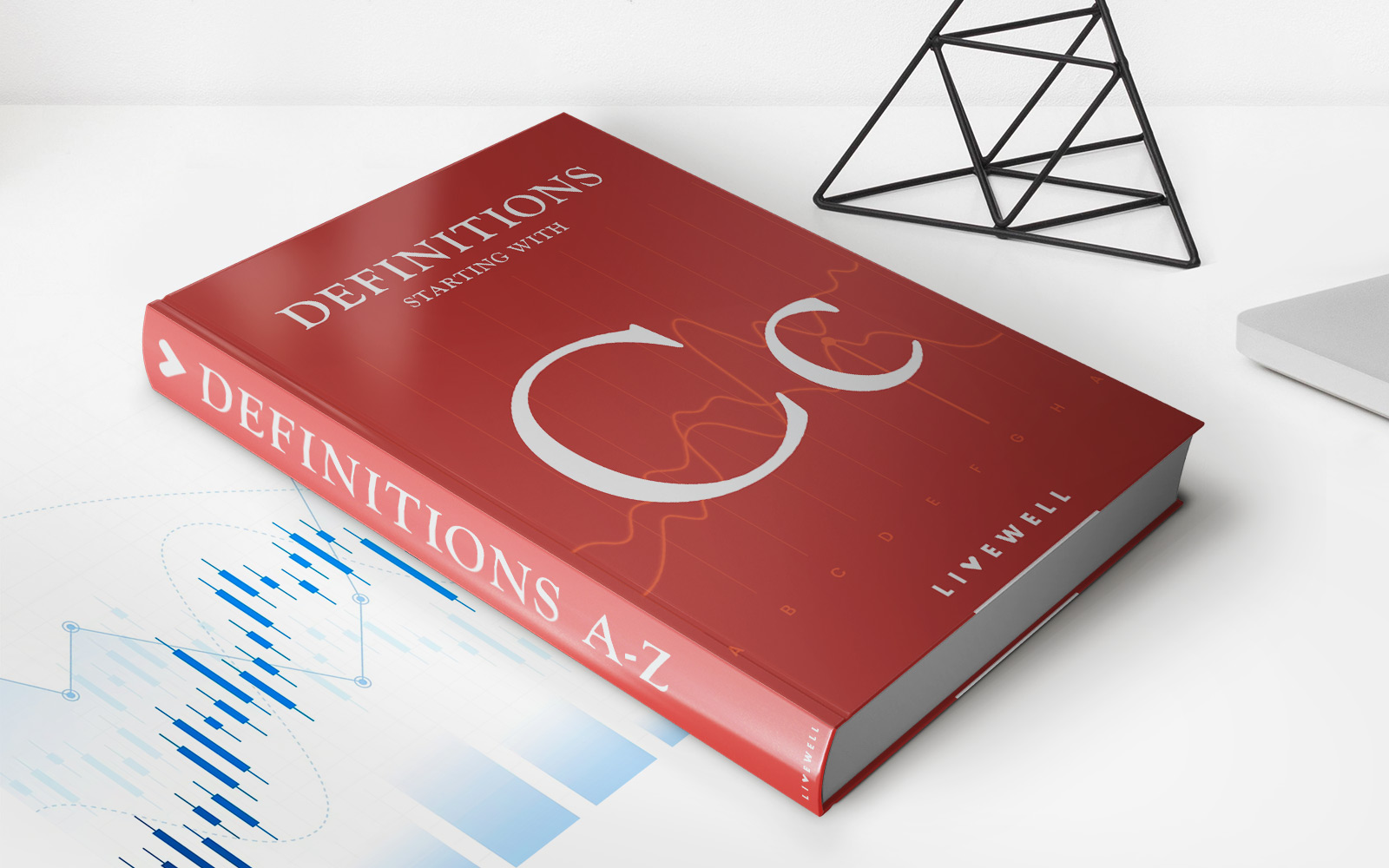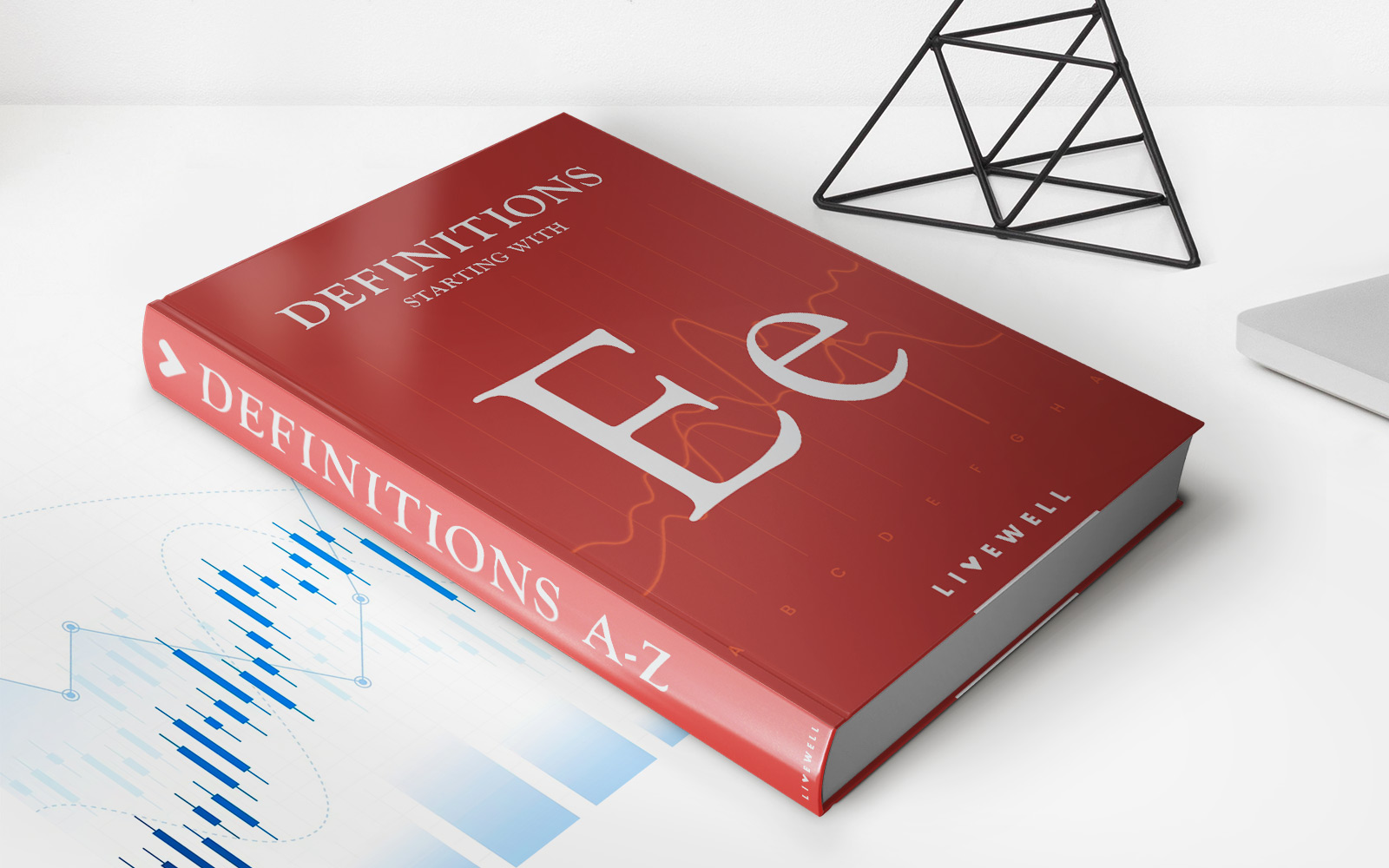Home>Finance>E-mini S&P 500: Definition, Trading, And Example


Finance
E-mini S&P 500: Definition, Trading, And Example
Published: November 15, 2023
Learn about the concept, trading strategies, and real-world examples of E-mini S&P 500 in the field of finance. Master the art of trading this popular financial instrument.
(Many of the links in this article redirect to a specific reviewed product. Your purchase of these products through affiliate links helps to generate commission for LiveWell, at no extra cost. Learn more)
Understanding E-mini S&P 500: Definition, Trading, and Example
Are you interested in learning about the E-mini S&P 500 and how it can play a role in your financial portfolio? In this blog post, we will delve into the world of E-mini S&P 500, explaining its definition, trading process, and providing a practical example. So, let’s dive in!
Key Takeaways:
- E-mini S&P 500 is a futures contract that tracks the performance of the S&P 500 index, offering traders access to a diversified portfolio of 500 large-cap U.S. stocks.
- It allows traders to speculate on the future price movements of the S&P 500 index without the need to fully own the underlying asset.
What is E-mini S&P 500?
The E-mini S&P 500 is a futures contract that represents a smaller-sized version of the full S&P 500 index futures contract. It is traded on the Chicago Mercantile Exchange (CME) and was introduced in 1997 to provide smaller investors with an opportunity to engage in S&P 500 index trading.
E-mini S&P 500 futures give traders exposure to the movement of the S&P 500 index, which comprises 500 of the largest publicly traded companies in the United States. By trading this futures contract, investors can potentially profit from both upward and downward movements in the index without owning and physically trading the individual stocks.
This trading instrument has gained popularity for its more accessible contract size, lower margin requirements, and increased liquidity compared to the full-sized S&P 500 futures contract. It has become a staple in the portfolios of both individual traders and institutional investors aiming to diversify their investment strategies.
How Does E-mini S&P 500 Trading Work?
E-mini S&P 500 contracts follow a standard futures trading process. Traders can use various strategies, including hedging, speculation, and portfolio diversification. Here’s a brief overview of how E-mini S&P 500 trading works:
- Research and Analysis: Before trading E-mini S&P 500, it is important to conduct thorough research and analysis on the overall market and individual stocks that make up the S&P 500 index.
- Opening a Trading Account: To trade E-mini S&P 500, you will need to open a trading account with a reputable brokerage firm that offers access to futures trading.
- Placing an Order: Once you have funded your trading account, you can place orders to buy or sell E-mini S&P 500 contracts through your broker’s trading platform.
- Managing Risk: Implementing risk management techniques is crucial in futures trading. Stop-loss orders and proper position sizing can help limit potential losses and protect your investment.
- Closing the Position: To realize your gains or losses, you can close your E-mini S&P 500 position by executing an opposite trade to your initial buy or sell order.
An Example of E-mini S&P 500 Trading
Let’s imagine a scenario where you believe the S&P 500 index is likely to experience a bullish trend. Based on your analysis, you decide to buy one E-mini S&P 500 contract at a price of $4,000 per contract.
If the market moves in your favor and the index increases by 10 points, each point being worth $50, you would gain $500 ($50 x 10) on your E-mini S&P 500 contract. Conversely, if the market moves against your prediction and the index decreases by 10 points, you would face a $500 loss.
Remember, this is a simplified example, and actual trading involves various factors, such as brokerage fees, slippage, and market volatility. It is always crucial to conduct thorough research and consult with a financial advisor before engaging in any trading activity.
Conclusion
The E-mini S&P 500 provides traders with a convenient way to access the performance of the S&P 500 index without owning the underlying stocks. By trading E-mini contracts, investors can speculate on the future price movements of the index, diversify their portfolios, and implement various trading strategies.
Remember to conduct thorough research, practice risk management, and seek professional guidance when venturing into E-mini S&P 500 trading or any other form of financial investment. The world of futures trading can be exciting and profitable, but it’s essential to approach it with knowledge and caution.
